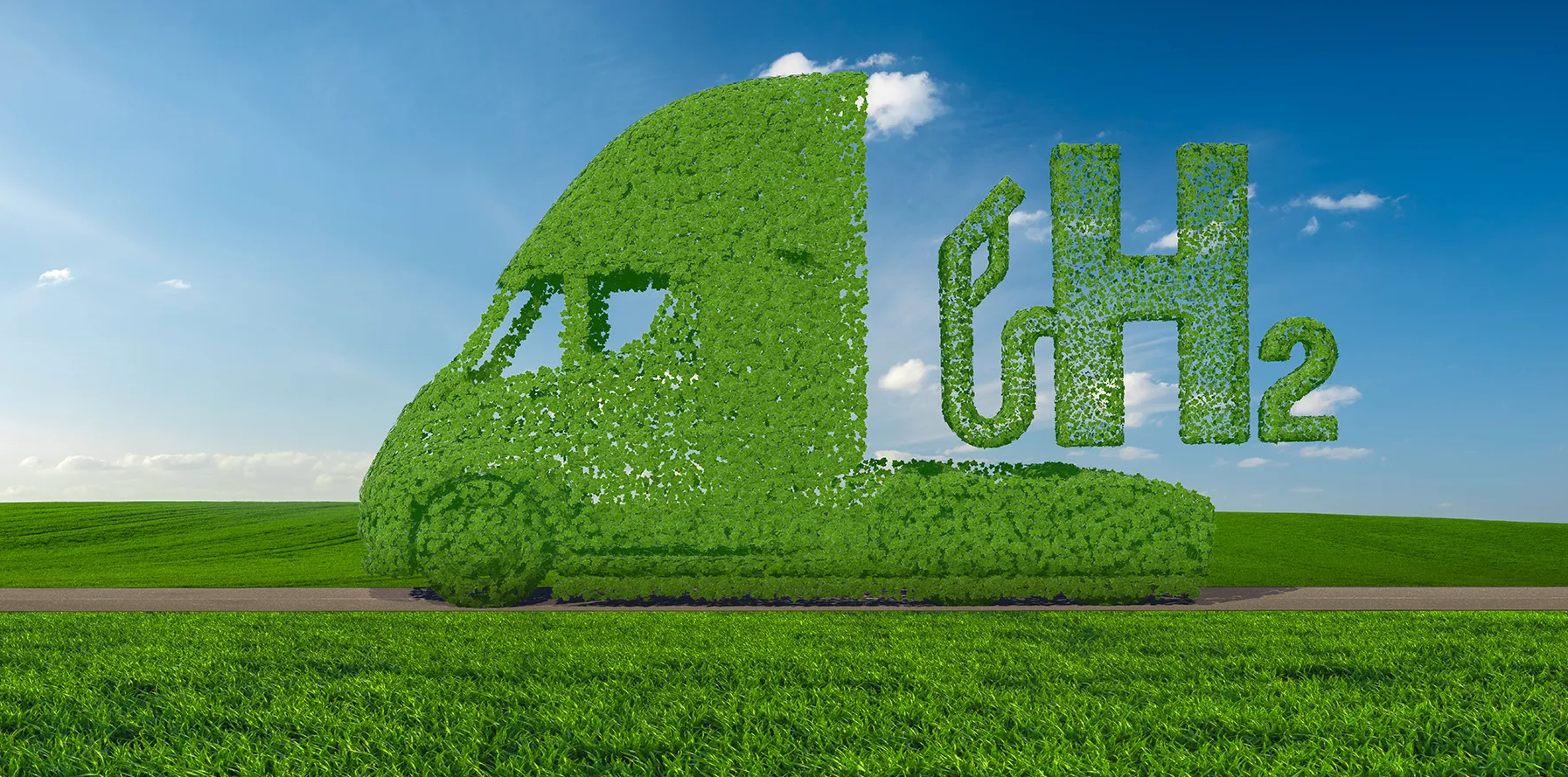Water options critical to success of green hydrogen industry in Australia

The potential for green hydrogen to bolster industries across the globe in the transition to renewables is promising. But with high water demands, it’s time for green hydrogen development in Australia to closely consider water options for production.
Arup Associate Principal Kellie Charlesworth said the role of water in the development of a hydrogen stream is going to become one of the defining elements of how successful this industry can be in Australia.
“We’ve had a National Hydrogen Strategy since 2019. We've also had an infrastructure assessment, which was one of the first main outcomes of new studies following the strategy,” she said.
“There's a refresh of the hydrogen strategy happening at the moment to reflect the change in thinking around how the hydrogen industry might develop. Arup is considering the sustainable use of water as part of the refreshed strategy, building on the earlier work we did with the Australian Government and the Australian Hydrogen Council.
“When we talk about hydrogen, we really need to think about it from a whole-of-system approach. We've got the opportunity to use it for energy resilience, as a storage and also to transport energy, nationally or globally.
“But it’s only when it's looked at from a whole-of-system approach that it actually makes sense.”
When considering hydrogen as a way to decarbonise energy systems, Charlesworth said green hydrogen presents the best opportunity for industry, but not without water management challenges.
“Water engineers are all thinking the same thing: where is the water going to come from?” she said.
“Based on our research, between 23-94 litres of water are required for every kilogram of green hydrogen produced, for electrolysis and cooling, depending on key factors.
“The amount of water needed to produce green hydrogen will vary significantly depending on the cooling system used and the location. The carrier of hydrogen being used is a consideration, as well. Other factors like future climate change impacts on evaporative zones will significantly impact the demands.
“We're starting to face this water challenge now for the hydrogen industry. The demands are high and traditional water sources will not be able to meet this. This all leads to a high value proposition for the role of manufactured water in hydrogen.”
Location logistics
Addressing the National Hydrogen Strategy, Charlesworth said it’s crucial to examine how to develop the industry in a way that considers the most likely ways that hydrogen will be utilised.
“Green hydrogen is a nascent industry. It’s hard to find projects that have been larger than a pilot that have had a final investment decision. So we really are talking about an industry that is at its earliest stages,” she said.
“One potential use is for those domestic decarbonisation opportunities which are not easy to electrify. But Australia currently exports a lot of fossil fuels, which is of major income. Is there an opportunity for hydrogen to replace some of those exports into the future?”
How green hydrogen will be used will determine how and where to develop hydrogen hubs, Charlesworth said, and water considerations need to be addressed from the get go.
“When we are thinking about the hydrogen industry and what's going to make a good hub, we are really looking at where we can put the demand and the supply for hydrogen together as much as possible,” she said.
“We need to collaborate and coordinate our use of infrastructure and skills as much as possible in order to achieve economies of scale. But, oftentimes, access to sustainable water supplies is one of the biggest issues.
“These potential hydrogen hub locations might have all of the other things required, but the amount of additional water needed for green hydrogen in particular is of concern.”
Charlesworth said that despite water not being spoken about as the number one issue when deciding on energy projects, it can actually make a big difference as to whether those energy projects will be successful or not.
“In some of the coastal sites where hydrogen hubs could be, some areas already experience variability in terms of available water. It’s obvious that we’re going to have concerns over where that water is coming from,” she said.
“It’s ideal to have production and use of hydrogen as close as you can to each other for efficiency, but it's not always possible. And if we’re looking at using renewable energy, those sources are generally located away from the coast.
“And so then we’re looking at whether to produce hydrogen in those in-land renewable energy zones or produce closer to the coast, some of that decision making will come down to the availability of water.”
Re-valuing water
Charlesworth said that as industries shift towards renewables, particularly water-hungry sources like green hydrogen, the value of water will shift, as well, and it’s time to prepare for various future demands.
“Many people in the water industry already talk about how much of an undervalued commodity water is overall. In my view, this is going to become more and more of an issue with the energy transition,” she said.
“As water and energy systems become more intertwined with future energy systems, including more pumped hydroelectric schemes and hydrogen, there will continue to be conflicting water use priorities into the future. Our climate is changing and we're seeing more changes in the drought and flooding regimes.
“We're going to see more issues with access to water and the ability to store it. It’s also about what’s cost effective and acceptable to the community. We also need to keep in mind the amount of water that will be required for drinking water purposes and food security.”
And then there’s the cultural and environmental side of things, Charlesworth said.
“It's becoming more apparent how important environmental flows are and what's actually going to be needed for flow security,” she said.
“There is further recognition of what cultural flows actually look like, what they mean and the role of First Nations people in determining parts of our water cycle.”
Charlesworth said water authorities play a central role in how to effectively manage water sources, balancing drinking water demand pressures as the population rises with demands from industry, and helping communities to re-value water, too.
“The value of recycled water is increasingly being recognised as an important commodity that has multiple benefits. With hydrogen, co-location of wastewater treatment plants and hydrogen could provide benefits to both the hydrogen and water industries, such as oxygen reuse in wastewater treatment, as well as defer expensive future upgrades,” she said.
“Desalination is the other manufactured water supply option available to the hydrogen industry. New desalination facilities represent significant infrastructure. Environmental and community acceptance will need to be balanced with the needs for water and energy security in our regions.”
Kellie Charlesworth was a panellist in the recent Member's Circle for the Desalination and Water Recycling Specialist Networks which also included Dr Matthew Brannock of GHD and Professor Stuart Khan from University of NSW.


